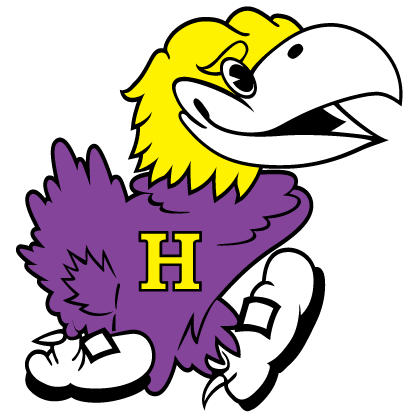Angie Arndt - Elementary Principal and Special Education Director
To-do lists are great, many of us use them every day. They give us a road map of the things we’re expecting to accomplish in the near future. I like to use this road map as a way to set goals for the day or week but more importantly as a way to try to achieve a particular goal. Setting goals allows me to focus and direct the course of my day. It can make me be more productive, too! As educators, we set goals with our students. We model for students that setting goals allows us to focus our attention on what we are learning and helps us to measure our progress along the way. Goals can give you direction and something to aspire to. Goals can help us identify what is important to us and define what we want to achieve. Goals can help us measure our success; sometimes those are small successes along the way that can lead to something bigger. Goals can keep us motivated and accountable. Without a firmly established goal, it can be easy to stray off course, lose momentum and give up. While goal setting can provide guidance when it comes to staying on track, celebrating an achievement, and feeling a sense of accomplishment; it is also important to plan for the moments when you set a goal but don’t quite reach it. How do you react? What are your next steps?
The students in the elementary building recently completed the winter benchmark assessment in ELA (reading/language), math, and science using either NSCAS Growth or MAP Growth. These same assessments were given in the fall to let teachers know what skills students started the year with. The winter benchmark is a great mid-year check-in for both teachers and students. Prior to taking these assessments in January, each student set a growth goal that would reflect the skills/standards that had been mastered during the first semester of the school year. I challenged students to set a realistic goal and then perform their very best on each test. We set a school-wide (K-6) goal around our performance. During testing week, the elementary students combined took 233 assessments, if…….
85% of assessments taken showed growth, the students would earn a dodgeball and dessert party (Playing dodgeball against the teachers).
90% of assessments taken showed growth, the students would earn “1 Hour of Play” and could bring their favorite toy, craft, or sports equipment from home.
OVER 90% of assessments taken showed growth, the students would earn a Surprise Field Trip.
I was so proud of the students’ efforts during testing week. It takes a lot of brain power and perseverance but the end result lets teachers know a lot about each student’s learning and how to plan instruction for the second semester. However, the most valuable lesson learned was that we set a three-level goal and we didn’t reach all of the levels. Our students grew on 88% of all assessments given and we will celebrate with a dodgeball and dessert party but as a combined group, we didn’t reach the level 2 and 3 prizes this time. While I know students were bummed with the outcome because who doesn’t like to reach all of their goals! It provided a great opportunity to talk about why we don’t always reach our goal and how we can plan and prepare for the next time we take these assessments, to help ensure we do reach all of our goals. We’ll take these same assessments towards the end of the 2022-2023 school year and at that time we will sit down with students individually to set goals that can be used toward our school-wide goals. I’ve challenged students to focus on their learning and give their very best effort each and every day as we work towards those end-of-year goals. Stay tuned for a spring assessment update!

